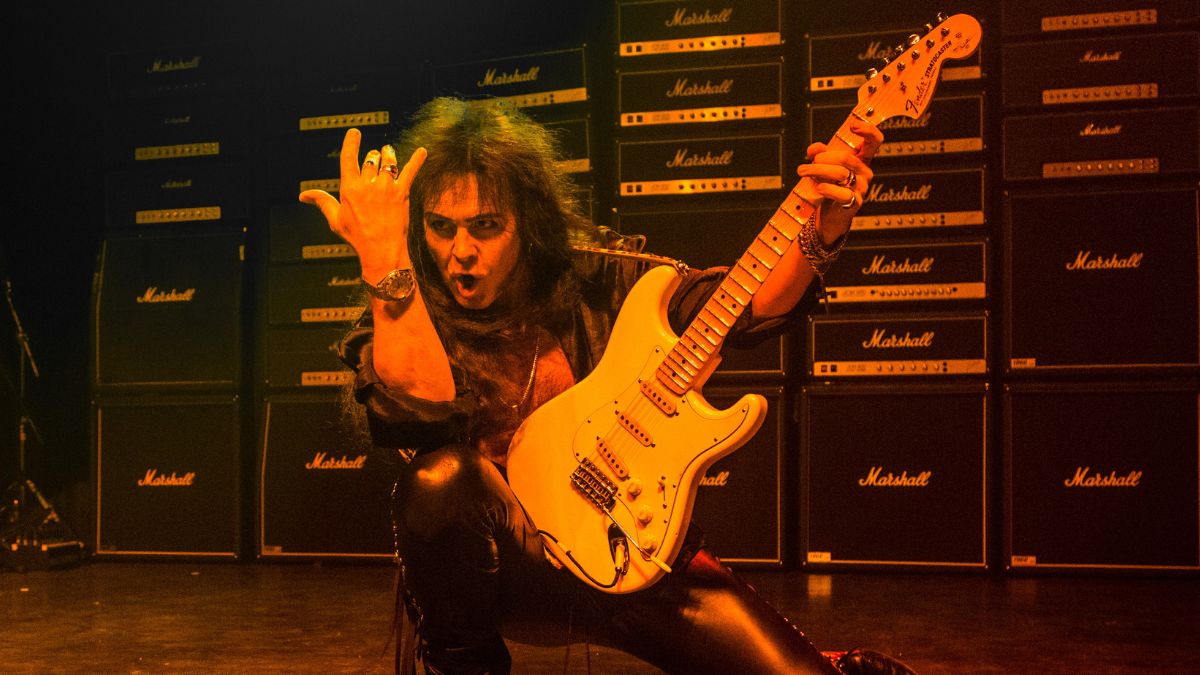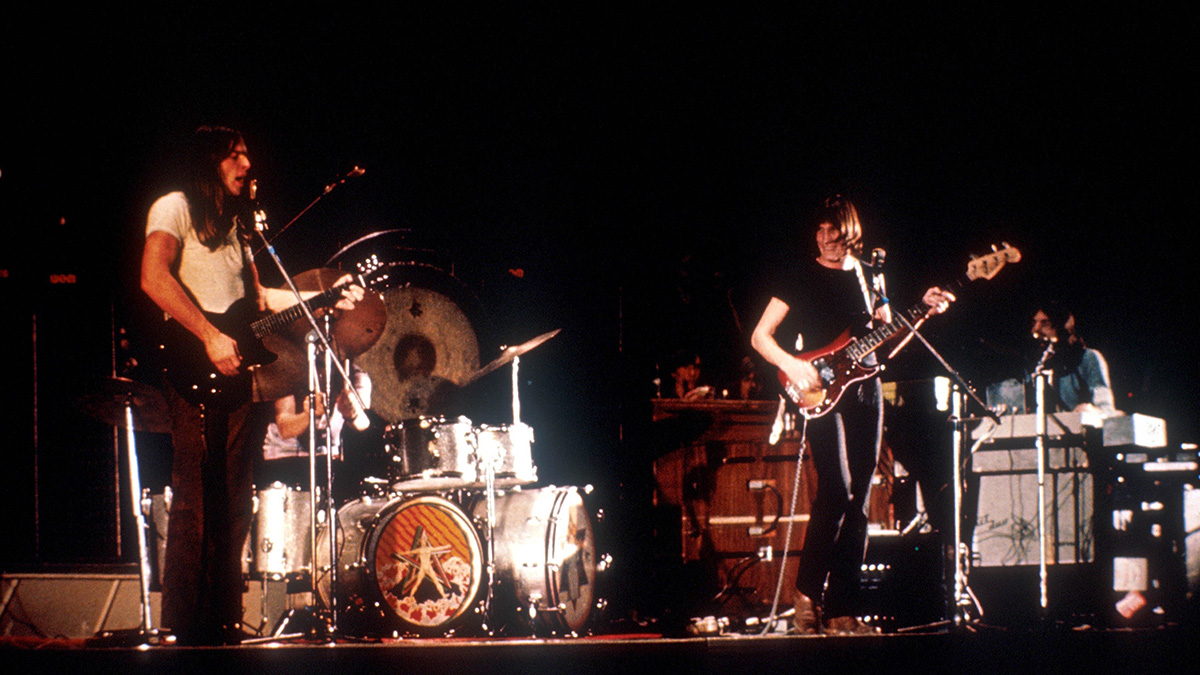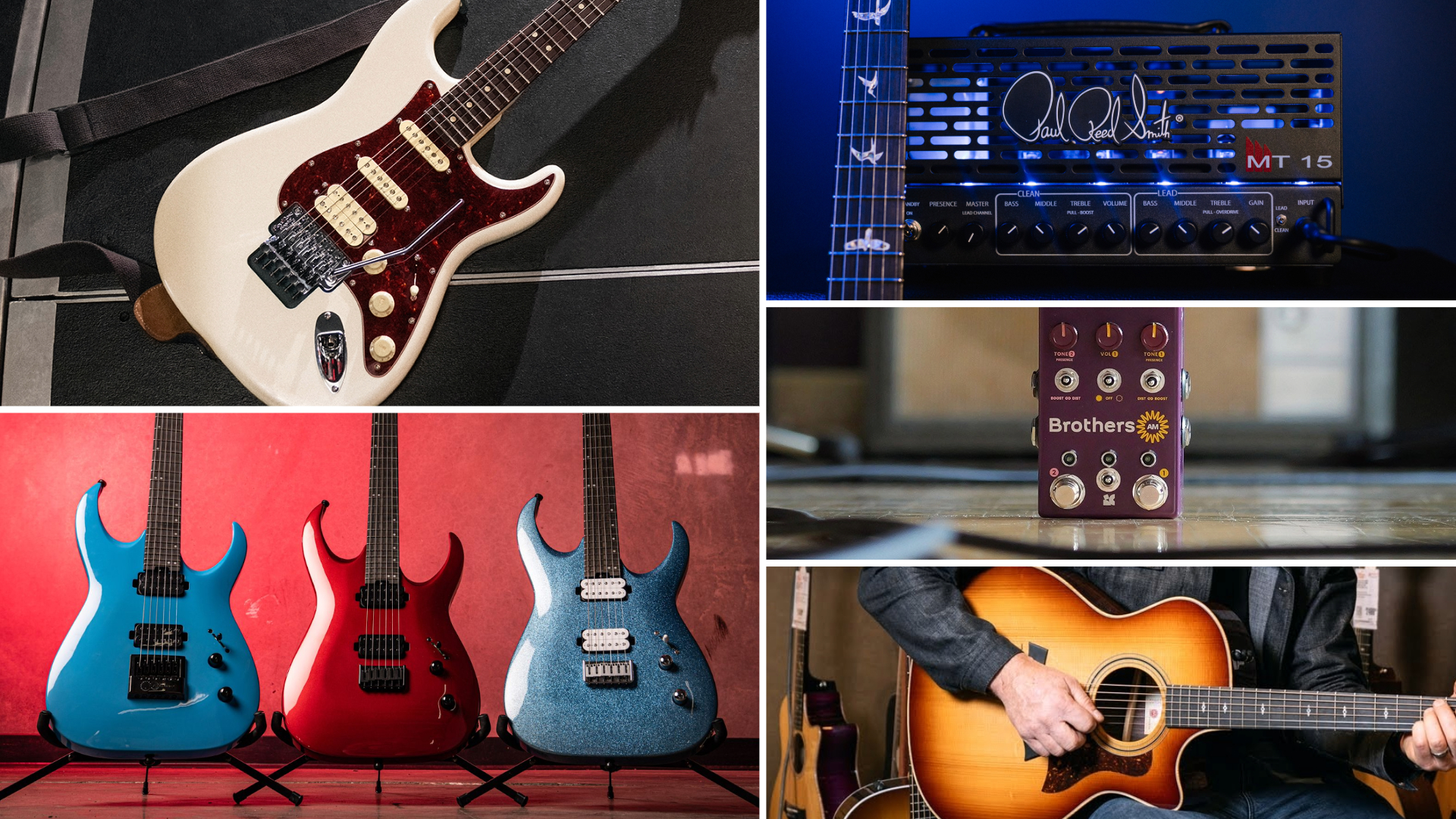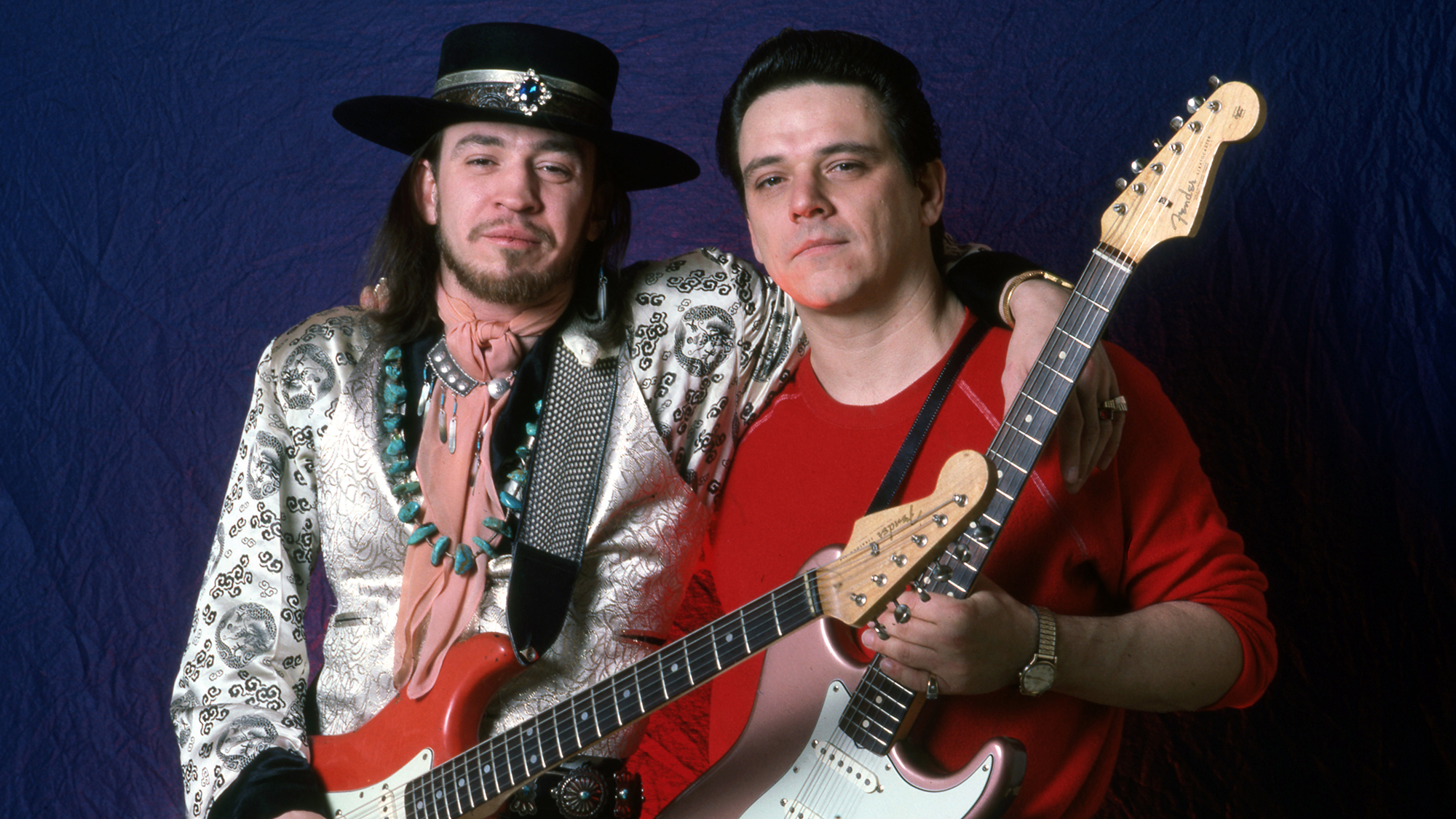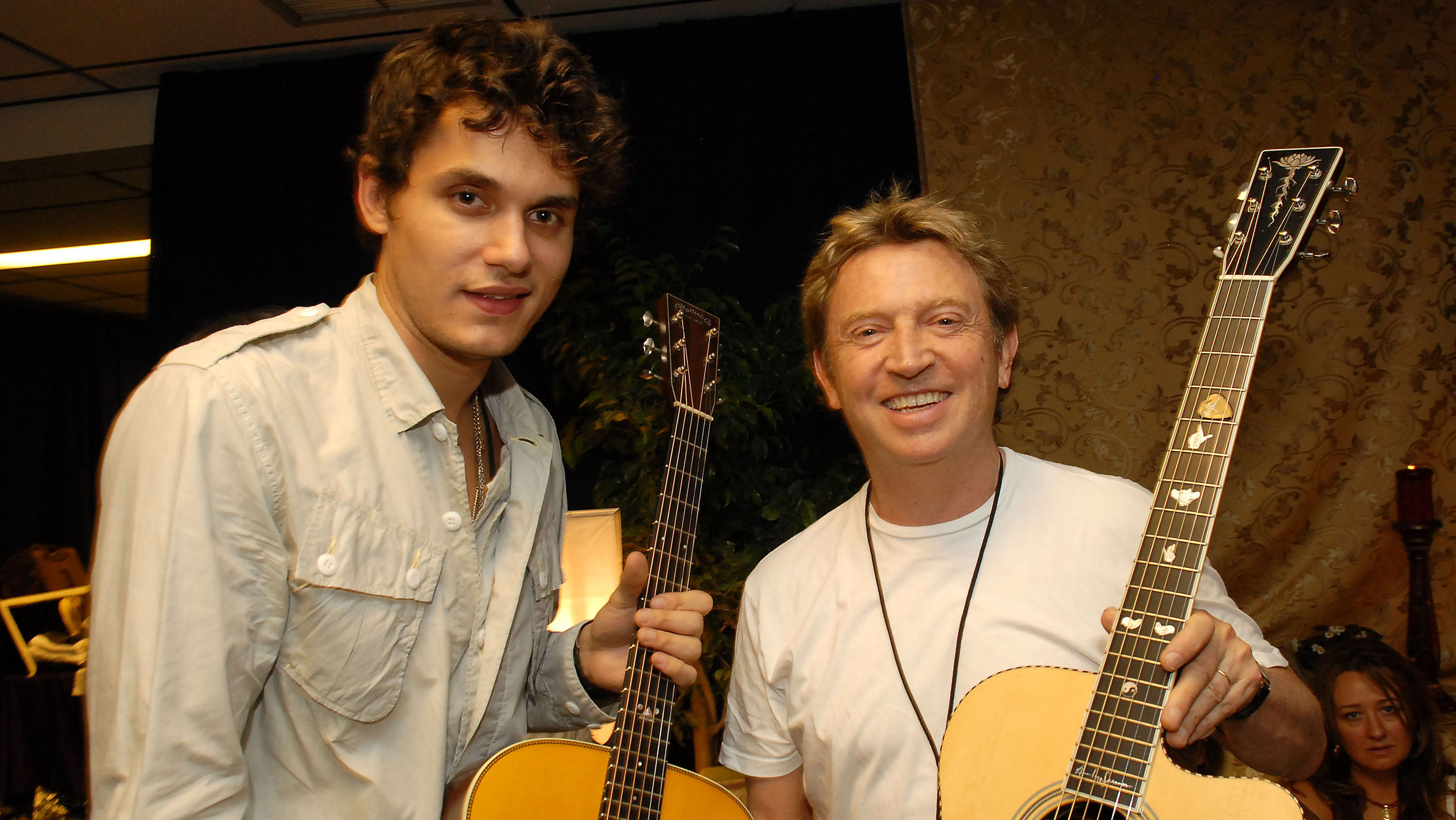The Circle Guitar is a self-playing electric that can pick at unbelievable speeds
Motor-driven sequencer spins at up to 250bpm to “push guitar playing into new, unexplored territories”
Here’s something you don’t see every day: meet the Circle Guitar, which uses a built-in mechanical step sequencer that rotates up to 250bpm beneath the strings to “generate sounds, textures and rhythms that would be impossible with a conventional electric guitar.”
The electric guitar is the creation of builder Anthony Dickens, who says that “by using a mechanical device to strike the strings, rather than a human hand, you can exceed what is physically possible and push guitar playing into new, unexplored territories.”
The motor-driven sequencer has 128 holes in which to place a pick to strike the strings, and players can program the circle using five color-coded pick hardnesses to pluck the strings with different strengths.
The signal, meanwhile, is captured via a hexaphonic pickup, and each string has its own output that can be amplified, recorded and processed individually. Six switches on the guitar’s body control whether the signal either passes freely to your amp, mixing desk or computer interface or to a button that releases the signal only when pressed.
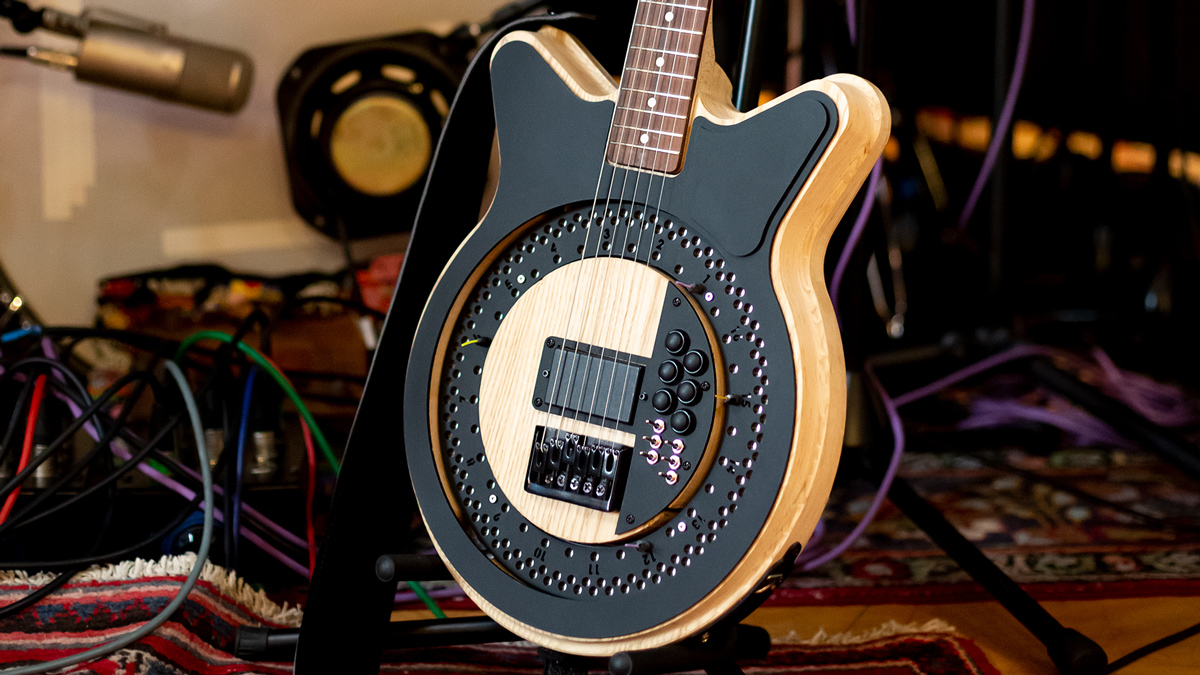
The Circle Guitar also outputs a time code or syncs tempo via USB to the clock of any DAW.
More traditional features include an ash body, rosewood fretboard and laser-cut matte black acrylic to cover the electronics. All mechanical parts are housed within a single 3D printed unit.
The Circle Guitar is currently a working prototype with two years of development, and was built at Makerversity in London.
Get The Pick Newsletter
All the latest guitar news, interviews, lessons, reviews, deals and more, direct to your inbox!
“The thing that most excites me about the instrument is how people will use it in their music and what kind of music they will create,” Dickens said.
“The raw power of amplifying a few plectrums relentlessly striking the strings at 180bpm with perfect timing is a huge sound, but, together with the ability to slow the circle down, then trigger, modulate and affect individual strings you can create a lush, evolving sound that lightly flutters out of your speakers.”
Radiohead's Ed O'Brien has already got hands-on with the device, and it's safe to say he's impressed.
"Occasionally you see or get to play something that makes you play and think about the way you play in a totally different way," he enthused on Facebook.
'This is ace, and the potential for creating new types of sound is endless. My playing in this doesn’t do it justice - I need to sit down for a while with it and get a hold on it - but I’ve put an order in for when they start to build them."
Rich is the co-author of the best-selling Nöthin' But a Good Time: The Uncensored History of the '80s Hard Rock Explosion. He is also a recording and performing musician, and a former editor of Guitar World magazine and executive editor of Guitar Aficionado magazine. He has authored several additional books, among them Kurt Cobain: Montage of Heck, the companion to the documentary of the same name.
“It combines unique aesthetics with modern playability and impressive tone, creating a Firebird unlike any I’ve had the pleasure of playing before”: Gibson Firebird Platypus review
“This would make for the perfect first guitar for any style of player whether they’re trying to imitate John Mayer or John Petrucci”: Mooer MSC10 Pro review



